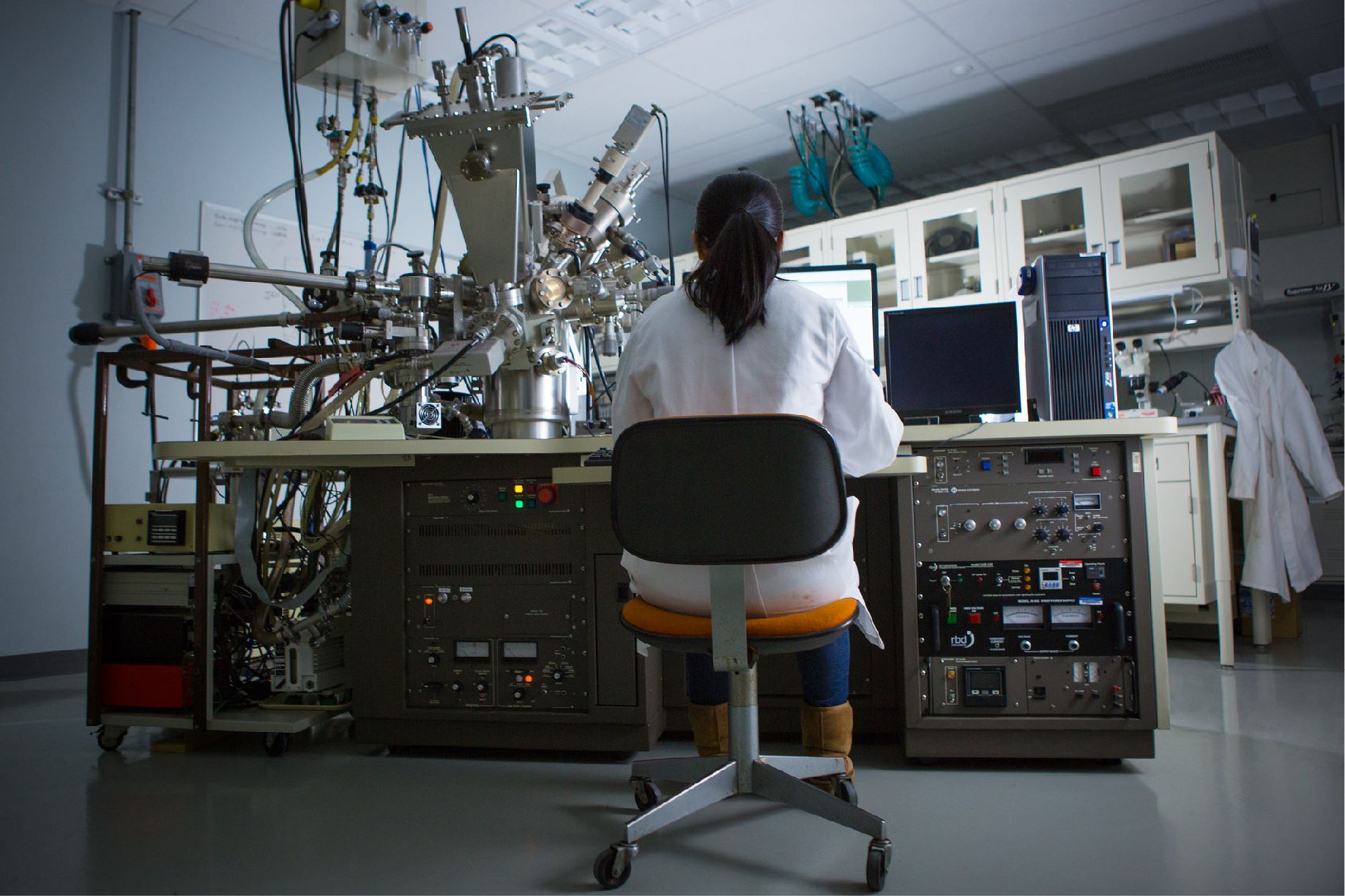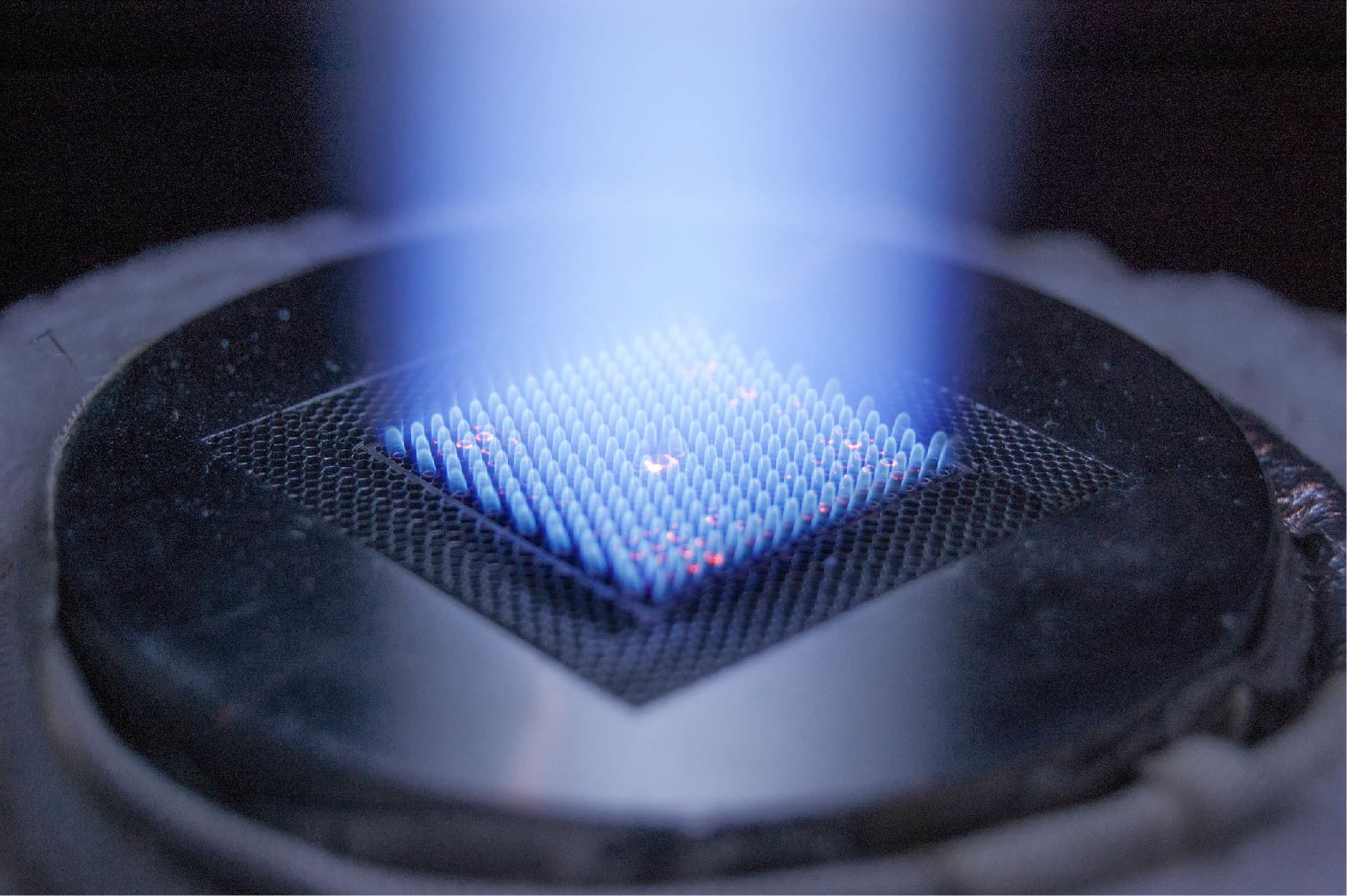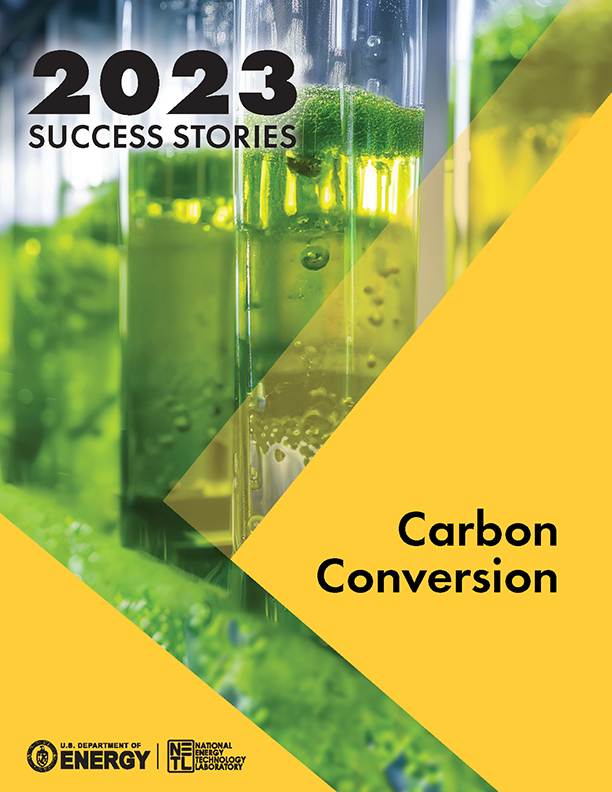Carbon Dioxide Conversion Program
Program Overview
The U.S. Department of Energy’s Carbon Dioxide Conversion Program focuses on research, development and demonstration of a broad suite of technologies that convert carbon dioxide (CO2) into environmentally responsible and economically valuable products, which can provide revenue that can offset the cost of capturing, treating and transporting CO2.
The Carbon Dioxide Conversion Program seeks to identify and develop new and improved materials, equipment, and processes that produce value-added goods using CO2 as a feedstock. Pathways to generate products are diverse and can include biological uptake, catalytic conversion and mineralization. Furthermore, the method of “reactive capture and conversion” may be applied within each conversion pathway, where waste CO2 is captured and converted into products in one integrated step, which mitigates or eliminates costs and complexities otherwise associated with the transport and storage of CO2. Products made from these pathways can include fuels, chemicals, agricultural products, animal feed, building materials and other beneficial goods and materials. CO2 conversion is generally applicable to any flue gas stream generated by the combustion of carbon-based fuels, such as natural gas and biomass, as well as to CO2 capture streams and several other carbon-rich waste gas streams that are currently vented. The development of technologies that lead to revenue-generating products can help support broader CO2 capture and storage and hydrogen production goals.
Carbon Dioxide Conversion Products & Pathways
The Carbon Dioxide Conversion Program is focused on CO2 biological uptake using algae, catalytic conversion into fuels and chemicals, and mineralization into inorganic materials. Within each conversion pathway, the program has recently begun developing reactive capture and conversion, where the capture and conversion steps are integrated into one efficient process.
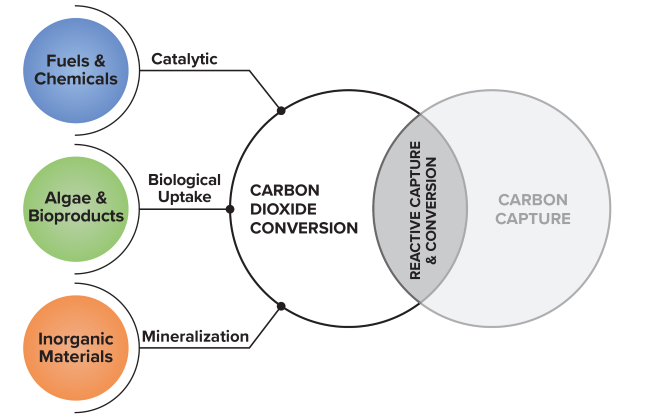
Biological Uptake Into Algae and Bioproducts
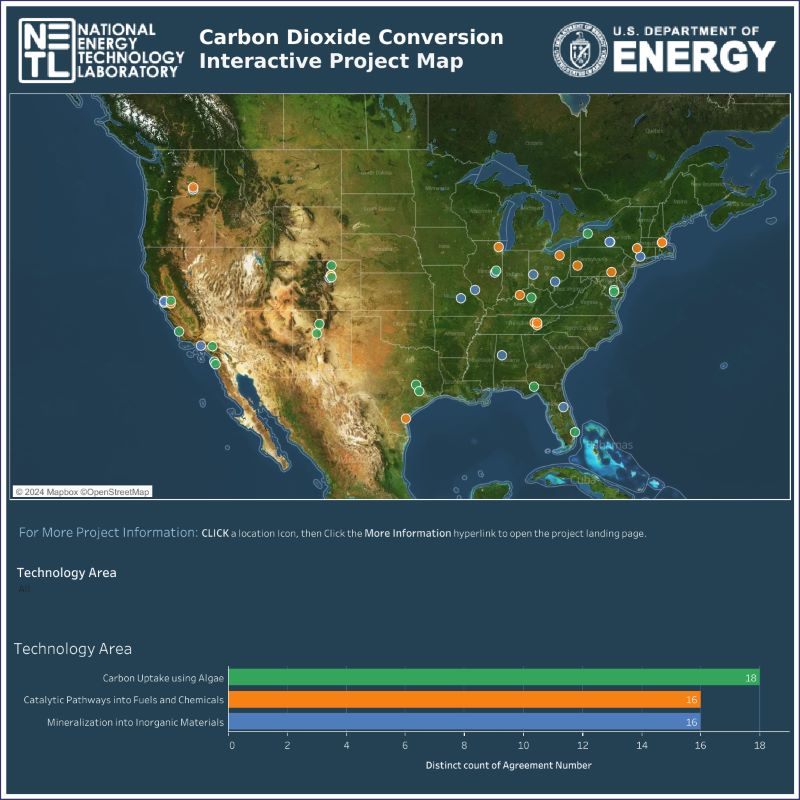
The biomass produced in algal systems can be processed and converted to chemicals, aquaculture and agriculture feeds, soil amendments, and other specialty and fine products. The Carbon Dioxide Conversion Program is working to develop economically viable adoption of biomass cultivation practices that consume CO2 that would otherwise be emitted. Current focus is on the cultivation of macro and microalgae in outdoor ponds or photobioreactors. Ongoing research and development (R&D) addresses CO2 capture, conditioning, transport and transfer to the algal medium to maximize CO2 uptake and efficiency and minimize the cost of CO2 delivery.
Catalytic Conversion Into Fuels and Chemicals
Conversion pathways can include thermochemical, electrochemical, photochemical, plasma-assisted and microbially mediated approaches. Many approaches require catalysts or integrated processes to lower the energy required to drive these systems. Via this pathway, waste carbon can be transformed into higher-value products such as synthetic fuels, chemicals, plastics and solid carbon products. Currently, the manufacture of value-added chemicals, polymers and other products often involves complex, multiple chemical synthesis steps; however, other novel approaches are being explored, including multifunctional nanocatalysis, biological catalysis and process-intensified conversion systems.
Mineralization Into Inorganic Materials
CO2 mineralizes with alkaline reactants to produce inorganic materials, such as cements, aggregates, bicarbonates and associated inorganic chemicals. Carbonate materials may be an effective long-term storage option for CO2, especially for use in the built environment. R&D in this area seeks to react CO2 with industrial alkaline sources, including wastes, to manufacture valuable products and use CO2 from existing production processes. The Carbon Dioxide Conversion Program is pursuing R&D that increases process performance and optimizes CO2 conversion rates, capacity and energy use efficiencies while producing a product with equivalent or superior performance properties compared to current commercial products.
The diverse portfolio of NETL’s Carbon Dioxide Conversion projects can be viewed in the interactive map. Projects can be sorted by technology area. Clicking on a location allows you to learn more about each individual project
Reactive Capture and Conversion Methodology
Reactive capture and conversion is not a distinct carbon conversion pathway, but rather is a methodology of integrating CO2 capture and conversion processes, which can be used within any conversion pathway. The program is actively developing reactive capture and conversion techniques and technologies that allow for the simultaneous capture and conversion of anthropogenic CO2 into products.


